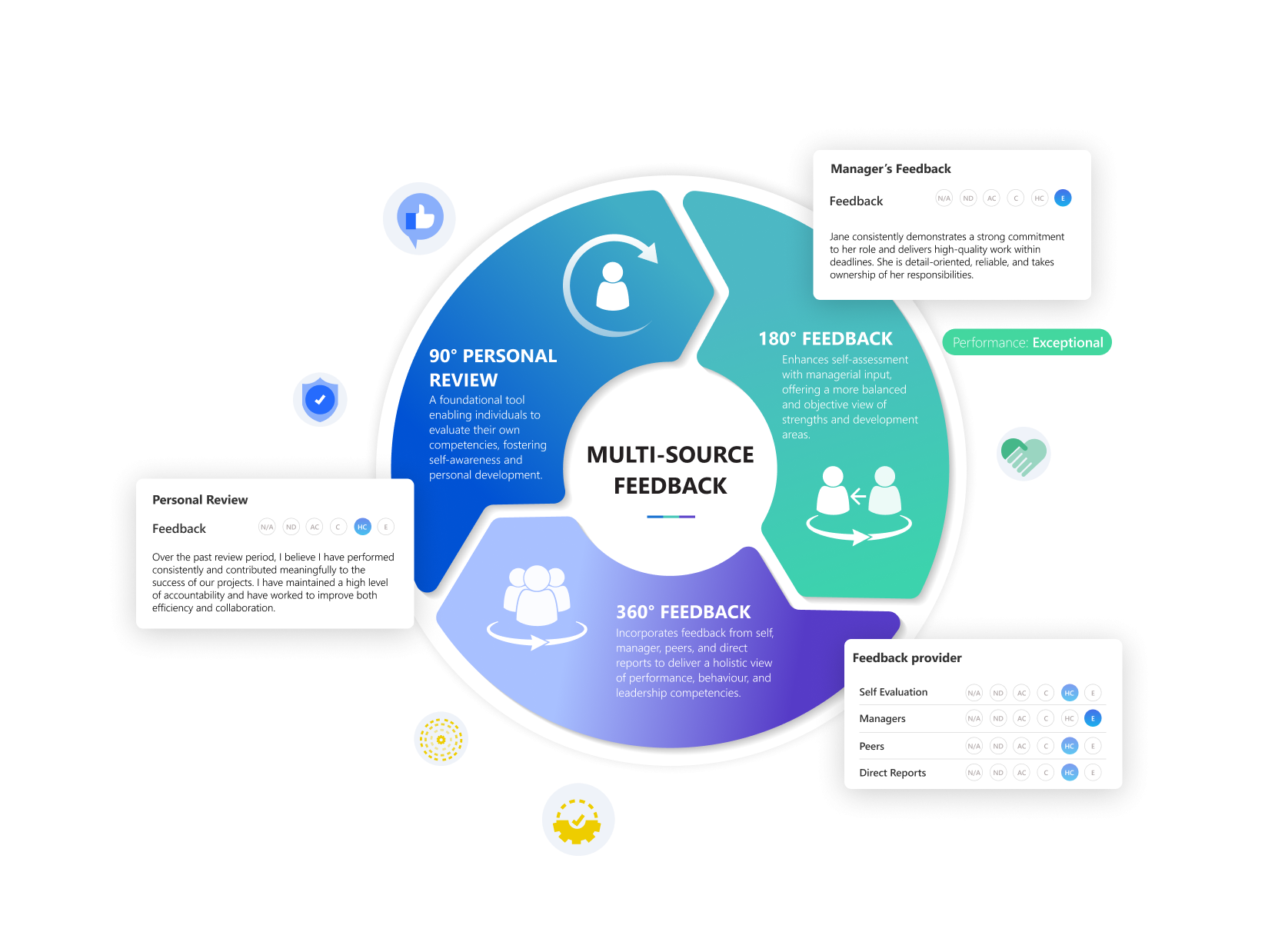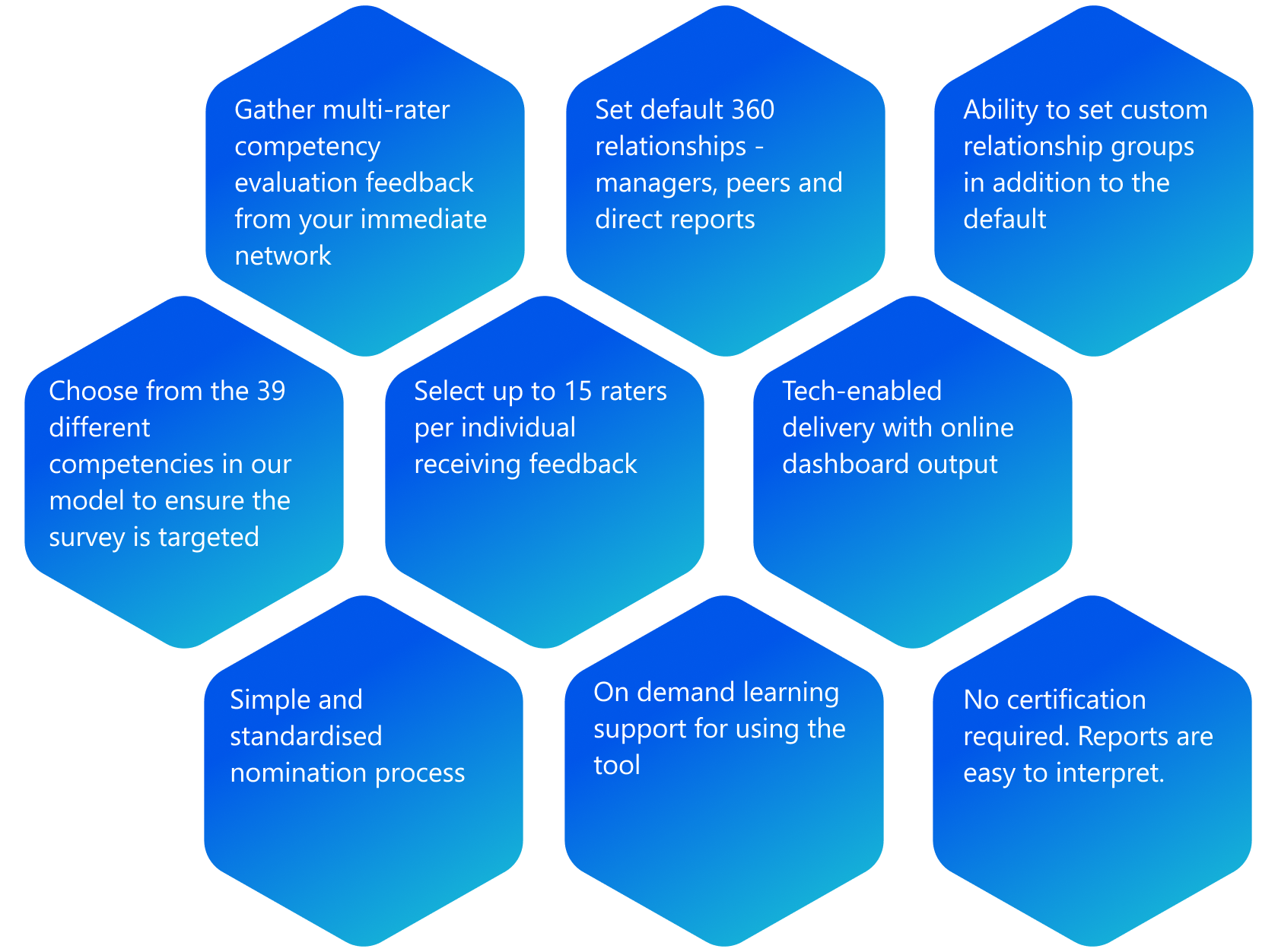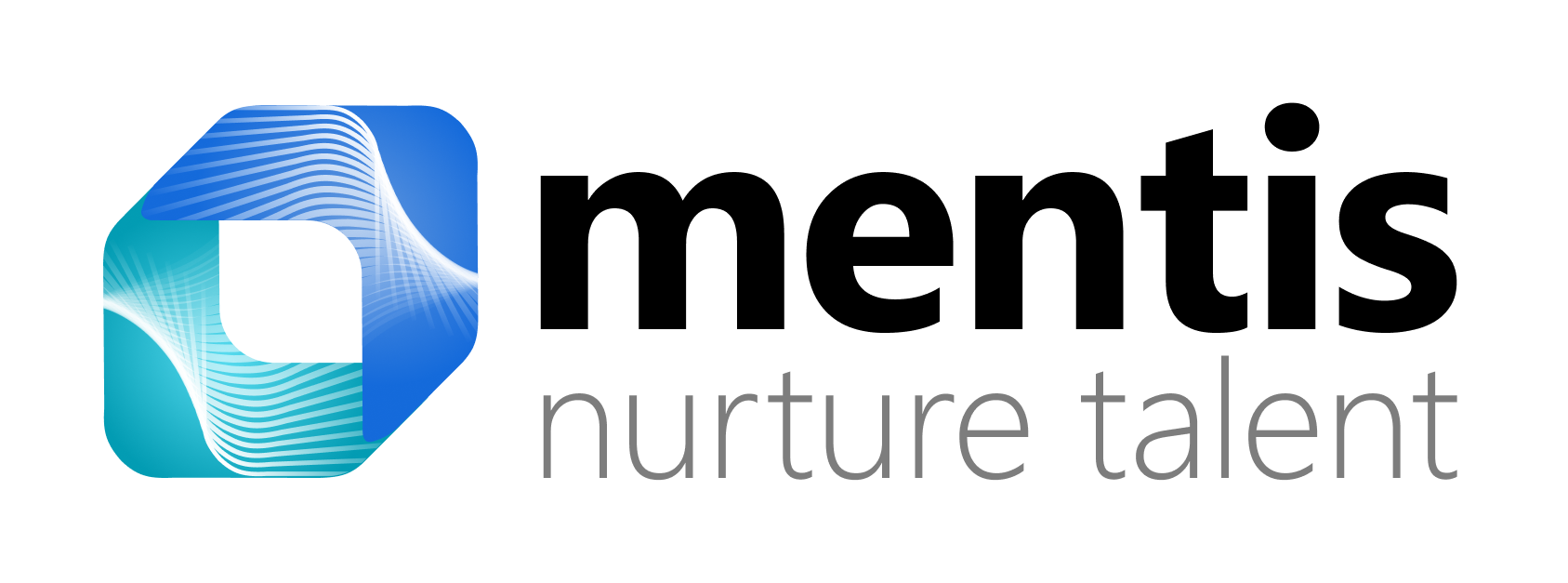Competency
Navigator
Competency
Navigator

The Competency Navigator doesn’t just assess skills; it equips people and organizations with the clarity and focus to grow where it matters most.
Self
Self + Manager
Multi-source
Competency Rating Guide


Why is it Important to Align Feedback with Competencies?

Why is it important to align feedback with competencies?

Good Practices in Competency Feedback
Tracking Progress
Transparency
Build Trust
Download a Sample Report

See who’s driving impact in your network
Benefits of Mentis Competency Navigator

Case Studies

Frequently Asked Questions
What does a multi-source (90/180/360) survey measure?
Competency Navigator captures observable behaviors against the Mentis High Performance Competency Model (or your own framework). Multiple rater groups—self, manager, peers, direct reports, and stakeholders—surface hidden strengths, blind spots, and priority development areas that a single perspective can miss.
Who is it for?
Everyone. The model is levelled, so feedback is relevant to individual contributors, managers, and executives. You can run IC-only cohorts, leadership cohorts, or mixed groups.
What scale do you use?
We use a clear, behavior-anchored scale: Needs Development → Competent → Exceptional, plus an Unable to Observe option where appropriate. This keeps the tone developmental and non-judgmental.
How long does it take to complete?
Most participants finish in 15–20 minutes. Raters typically need 10–15 minutes, depending on the number of competencies and whether they add open-ended comments.
How many competencies should we include?
For focus and quality comments, we recommend 3–6 competencies per survey (each competency has 4 behavior statements). Senior roles may include one or two additional strategic competencies.
How are competencies selected?
Use the Mentis HPCM (Self, People, Organization domains) or map your existing framework. We help you pick a future-relevant set aligned to role goals and upcoming business needs (next 12–24 months).
How many raters should each participant invite?
Aim for 8–12 raters across groups. To protect anonymity, we recommend at least 3 raters per group (e.g., peers, direct reports). Self and manager are always included.
Who selects the raters?
By default, the participant proposes, the manager validates, and HR can approve for balance. Where the purpose is purely developmental, participants can self-manage invitations.
Are different rater groups weighted?
No. We use equal weighting and show group-level breakouts (e.g., peer vs. manager) to keep interpretation transparent and fair.
Is the feedback anonymous?
Yes. Individual rater identities are never shown. Reports display group averages and comments only when anonymity thresholds are met.
What does the report include?
- Strengths and focus areas by competency
- Heatmaps and group comparisons (self vs. others)
- Open-ended themes (strengths; opportunities; “start/stop/continue”)
- A guided 90-day development plan template with practice ideas and check-ins
- Optional team/aggregate views for HR/OD (no individual identifiers)
Is this for performance ratings?
No. Competency Navigator is development-led. It’s designed to build personal ownership and practical behavior change. Organizations may run separate performance processes if needed.
What open-ended questions are used?
We keep them concise and actionable, for example:
- What should this person keep doing because it works well?
- What is the single biggest opportunity to improve impact?
- What would you like them to start and stop doing?
- These can be tailored to your culture.
How long does a full project take?
A typical cohort runs in 3–5 weeks:
- Design & configuration (1 week)
- Rater nomination & approvals (3–5 days)
- Survey open window (10–14 days with automated reminders)
- Reports & debriefs (within 1 week of close)
What support do participants and managers receive?
- Short explainer guides and rater tips
- Manager conversation guide to keep the tone supportive
- Micro-learning and practice prompts mapped to each competency
- Optional coaching/debrief sessions and follow-up pulse surveys to track progress
Can we tailor the model and branding?
Yes. We can map to your framework, build role-specific sets, and white-label reports and emails with your logo and colors.
What languages and accessibility do you support?
Surveys are mobile-friendly, screen-reader compatible, and available in multiple languages on request.
How do you handle privacy and security?
We use strict data controls, configurable anonymity thresholds, and region-appropriate compliance. Access is role-based and auditable. A detailed security brief is available.
Quick Definitions
90° / 180° / 360°
Participant
The person receiving feedback (previously “Focus Participant”).
- 90°: Self + manager or self-only snapshots
- 180°: Self + manager
- 360°: Self + manager + peers + direct reports/stakeholders
Participant
The person receiving feedback (previously “Focus Participant”).









